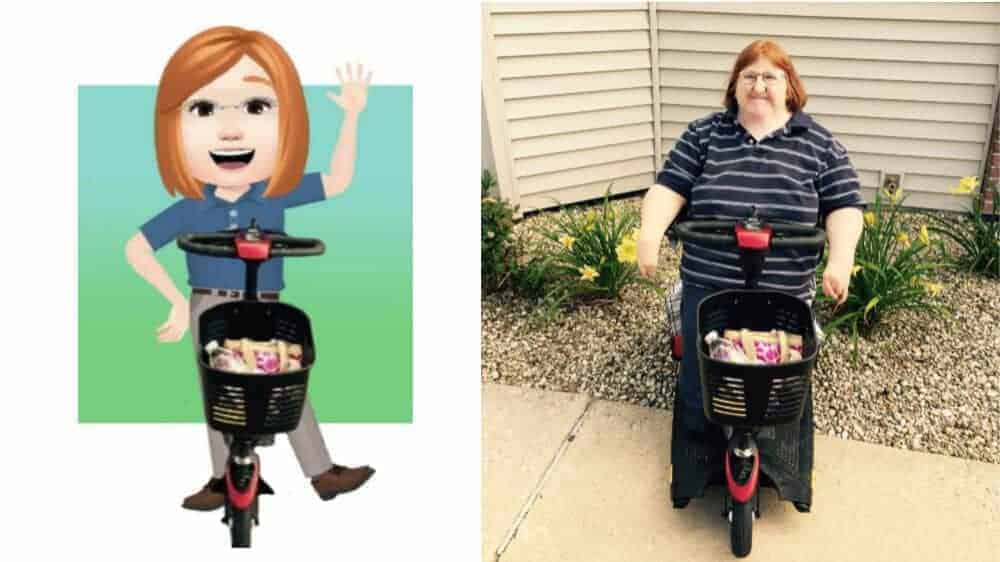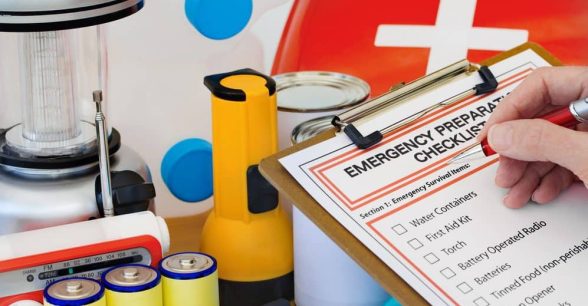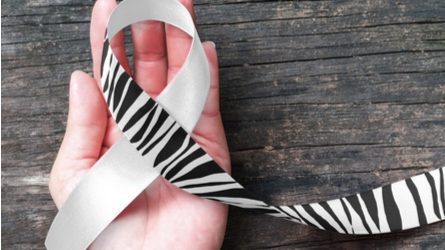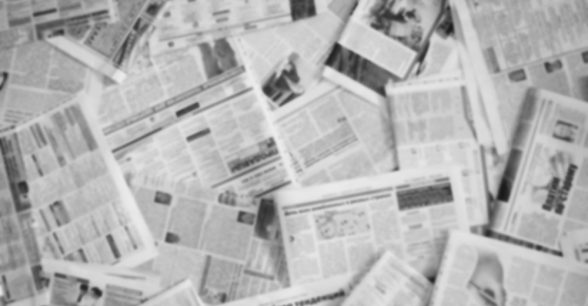Facebook Avatars Are Fun…But They’re Definitely Not Disability-Inclusive.
Like many people, I’ve been spending a lot of my quarantine time mindlessly scrolling through Facebook. Amidst the cute cat photos, career updates from writer friends, and selfies of at-home haircuts, I noticed a new trend last week: People were posting their Facebook avatars.
Imagining yourself in cute cartoon form is a great way to take your mind off the state of the world, right? So, I decided to give it a try. It was fun at first. Hair color? Red. Type of shirt? Polo shirt, of course. Eye color? Dark gray. The avatars even got as detailed as letting me choose the shape of my eyes and chin. When my creation was complete, I looked at it for a moment and my first thought was, “Well, that’s nice, but, really, it’s just not me, is it?”
Because, frankly, it wasn’t me. For all the detail given to face shape and hairstyle, Facebook left out one key detail: Disabilities. I was born with Freeman-Sheldon syndrome, a genetic bone and muscular disorder, and I use a wheelchair, but here I was in avatar form, standing straight and tall. My wheelchair is a huge part of who I am; it’s how I live such a full life. So to see myself without it, even if it’s just a silly, fun avatar, was disappointing. In fact, there weren’t any options to add assistive devices of any kind, such as walkers or hearing aids or crutches, which makes these avatars not at all inclusive and actually pretty ableist.
I reached out to Facebook to see about their plans for inclusion. They’re working on it, said Amit Fulay, product manager for Facebook Avatars.
“It’s important to us that all people can personalize their avatar in a way that they feel represents their authentic self,” Fulay says. “We’ve heard and appreciate the feedback about this product and have been actively listening to requests for more diversity in the number of options available for Avatars – including people with disabilities. This is just the beginning, and we’ll continue to improve the customization options available.”
Unfortunately, people with disabilities have long had to fight for inclusion in the digital space. For instance, a set of disability-themed emoji wasn’t introduced for iPhone until last year
As it turns out, I wasn’t the only one less than thrilled with the lack of disability options in emoji. Caitlin Goerlich lives in New Jersey and became a paraplegic after having complications in surgeries due to kyphoscoliosis, an abnormal curvature of the spine. She’s also an adaptive athlete, aspiring author and runs her own YouTube channel. Last year, Goerlich went to update her Bitmoji to match the spring season and realized there weren’t any wheelchairs – or any options for any disabilities. She decided to speak up and created a Change.org petition to get the word out.
“I was first sad then angry because what about us? Why aren’t we represented like everyone else?” she said. “To me, ‘inclusion’ should include everyone, which also means disabled people, but sadly this was just another conversation where we were left out.”
So when Facebook Avatars were introduced, Goerlich edited the petition to include Facebook and then re-shared it. She hopes the petition, which currently has almost 7,000 signatures, will help people see the importance of disability inclusion.
“Disabilities do help shape us as I can honestly say without my disability, I wouldn’t be the person I am today and I’m proud of who I am. Every disability is different and disabled people deserve to be represented just as everyone else,” said Goerlich.
Indeed, disabled people deserve to be represented just like everyone else. All too often, disability inclusion is an after-thought – things become more inclusive only after disabled people speak up and demand change. It would be great to live in a world where this inclusion is part of the plan from the very beginning.
Facebook Avatars may seem like a small thing, but making them more inclusive will show people with disabilities in a better, more accurate way. We’ve got places to go and things to do and our walkers, canes, and wheelchairs help us get there. Those devices deserve just as much prominence as our hair color or eye color.
I’d wanted to create the best version of myself with my avatar, but as it turns out, that was impossible. Without my wheelchair or any representation of my disability, that redheaded, polo shirt-wearing woman just wasn’t me at all.
The day after I tweeted my disability-less avatar, though, something pretty wonderful did happen. Thanks to the talents of one of my Twitter followers, my wheelchair is now included in my Facebook avatar! Yes, I felt seen. Yes, I felt like the real me. And, it reinforced the one thing that I hope everyone understands: Representation matters, even in avatar form!
About Rooted In Rights
Rooted in Rights exists to amplify the perspectives of the disability community. Blog posts and storyteller videos that we publish and content we re-share on social media do not necessarily reflect the opinions or values of Rooted in Rights nor indicate an endorsement of a program or service by Rooted in Rights. We respect and aim to reflect the diversity of opinions and experiences of the disability community. Rooted in Rights seeks to highlight discussions, not direct them. Learn more about Rooted In Rights



